
Pin on Body (of) Work
The foot is a complex part of the body that is made up of many bones, joints, muscles, ligaments, and tendons. It can easily be injured, develop diseases, or get infections. Bunions, claw toes, flat feet, hammertoes, heel spurs, mallet toes, metatarsalgia, Morton's neuroma, and plantar fasciitis are a few examples of foot problems that commonly cause pain.

Foot Description, Drawings, Bones, & Facts Britannica
Anatomy and functions of the dorsal muscles of the foot shown with 3D model animation. The muscles of the dorsum of the foot are a group of two muscles, which together represent the dorsal foot musculature. They are named extensor digitorum brevis and extensor hallucis brevis . The muscles lie within a flat fascia on the dorsum of the foot.

Medial Muscles And Bones Of The Foot Sole Labeled Human Anatomy Diagram Stock Photo Download
Nearly one-fourth of the body's bones are in our feet. The bones of the feet are: Talus - the bone on top of the foot that forms a joint with the two bones of the lower leg, the tibia and fibula.; Calcaneus - the largest bone of the foot, which lies beneath the talus to form the heel bone.; Tarsals - five irregularly shaped bones of the midfoot that form the foot's arch.

The extrinsic muscles that move the foot. Human muscle anatomy, Human body anatomy, Muscle anatomy
Introduction The foot is anatomically defined as the distal part of the lower extremity and encompasses all structures below the ankle joint. The muscles of the foot can be split into two groups, the extrinsic and intrinsic muscles. The extrinsic foot muscles are found in the lower leg and act to dorsiflex, plantarflex, invert and evert the foot.

11. Muscles of the Leg and Foot Musculoskeletal Key
Anatomy Explorer Abductor Digiti Minimi Muscle of Foot Abductor Hallucis Muscle Adductor Brevis Muscle Adductor Longus Muscle Adductor Magnus Muscle Biceps Femoris Muscle (Long Head) Biceps Femoris Muscle (Short Head) Calcaneal (Achilles) Tendon Dorsal Interosseous Muscles of Foot Extensor Digitorum Longus Muscle Extensor Hallucis Brevis Muscle
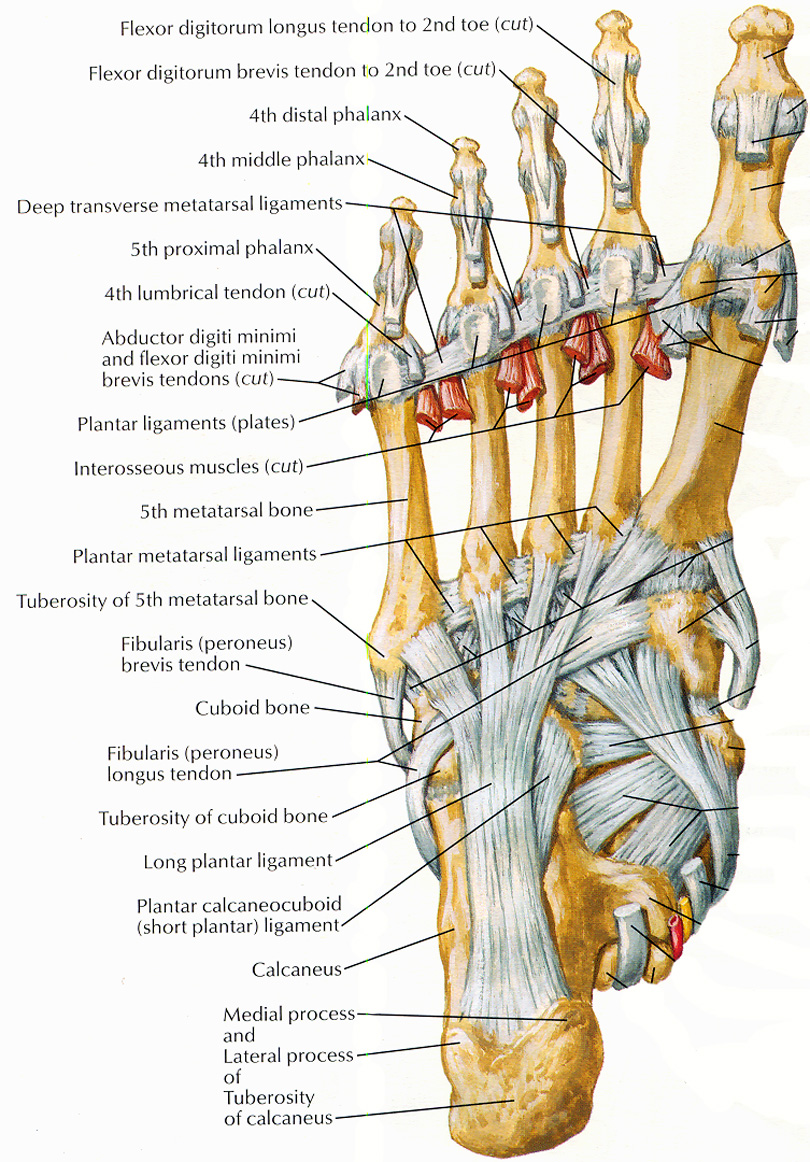
Muscles that lift the Arches of the Feet
Ankle anatomy The ankle joint, also known as the talocrural joint, allows dorsiflexion and plantar flexion of the foot. It is made up of three joints: upper ankle joint (tibiotarsal), talocalcaneonavicular, and subtalar joints. The last two together are called the lower ankle joint.

Loading... Human anatomy chart, Foot anatomy, Nerve anatomy
There are 29 muscles associated with the human foot: 10 originate outside the foot but cross the ankle joint to act on the foot, and 19 are intrinsic foot muscles. The foot is crucial to human locomotion and postural stability, and the muscles associated with the foot are therefore involved principally in this function.
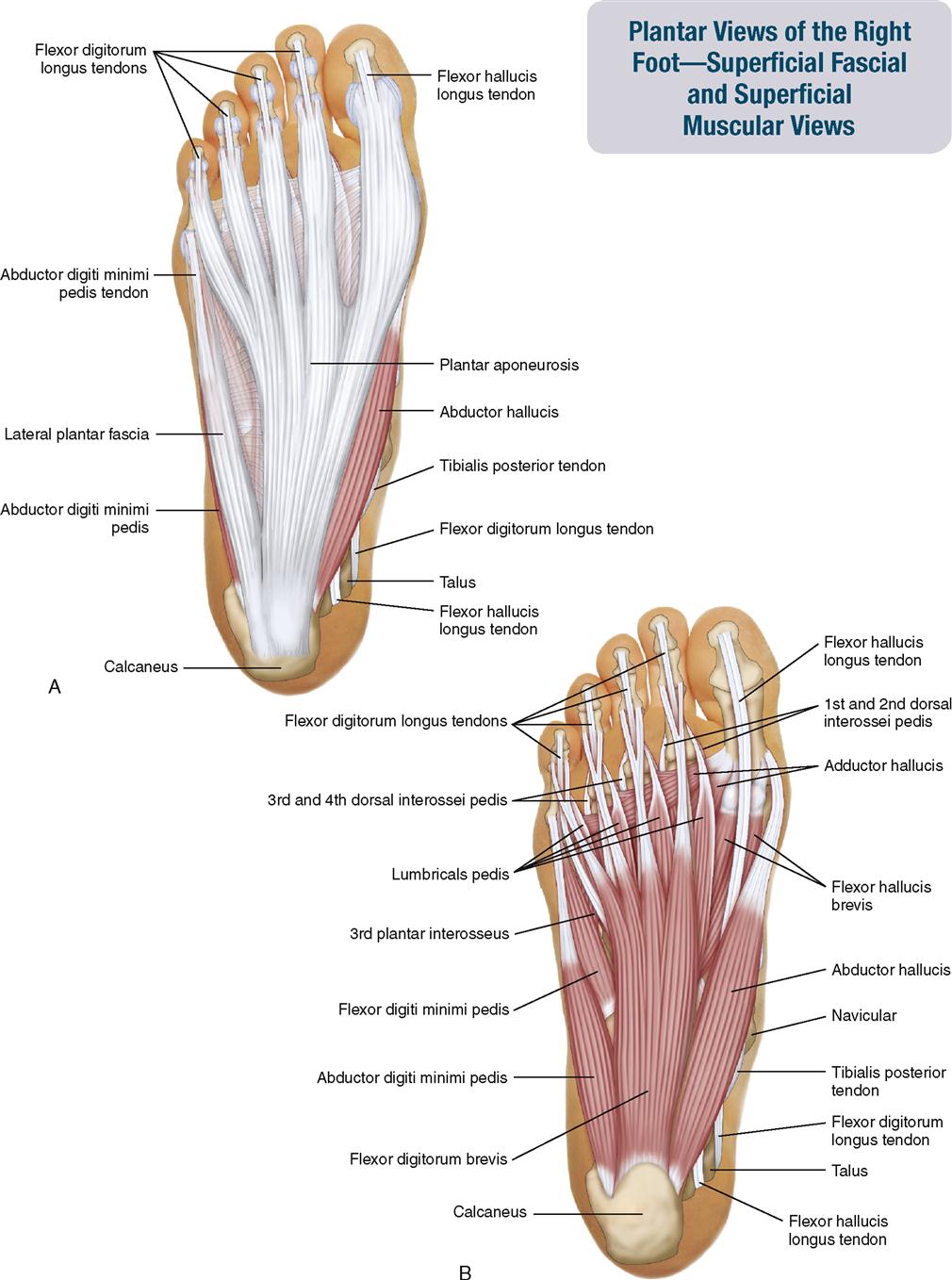
11. Muscles of the Leg and Foot Musculoskeletal Key
There are two intrinsic muscles located within the dorsum of the foot - the extensor digitorum brevis and extensor hallucis brevis. They assist the extrinsic muscles of the foot in extending the toes and are both innervated by the deep fibular nerve. Extensor Digitorum Brevis

Foot and Ankle Musculoskeletal Key
33 joints more than 100 muscles, tendons, and ligaments Bones of the foot The bones in the foot make up nearly 25% of the total bones in the body, and they help the foot withstand weight..

Human Muscles of the Foot Poster Clinical Charts and Supplies
It is made up of over 100 moving parts - bones, muscles, tendons, and ligaments designed to allow the foot to balance the body's weight on just two legs and support such diverse actions as running, jumping, climbing, and walking. Because they are so complicated, human feet can be especially prone to injury.

Tendon Diagram Leg / Cardiovascular System of the Leg and Foot nadilughaharabiahwall
Tibia Fibula Talus Cuneiforms Cuboid Navicular Many of the muscles that affect larger foot movements are located in the lower leg. However, the foot itself is a web of muscles that can.

Human Anatomy for the Artist The Dorsal Foot How Do I Love Thee? Let Me Count Your Tendons
LABELED DIAGRAMS. Figure 1. Sections and Bones of the Foot A. Lateral (Left) B. Anterior (Right) Figure 2. Compartments of the Foot A. Cut Section through Mid-Foot. Figure 3. First Layer of the Foot A. Plantar View of Right Foot. Figure 4. Second Layer of the Foot A. Plantar View of Right Foot.
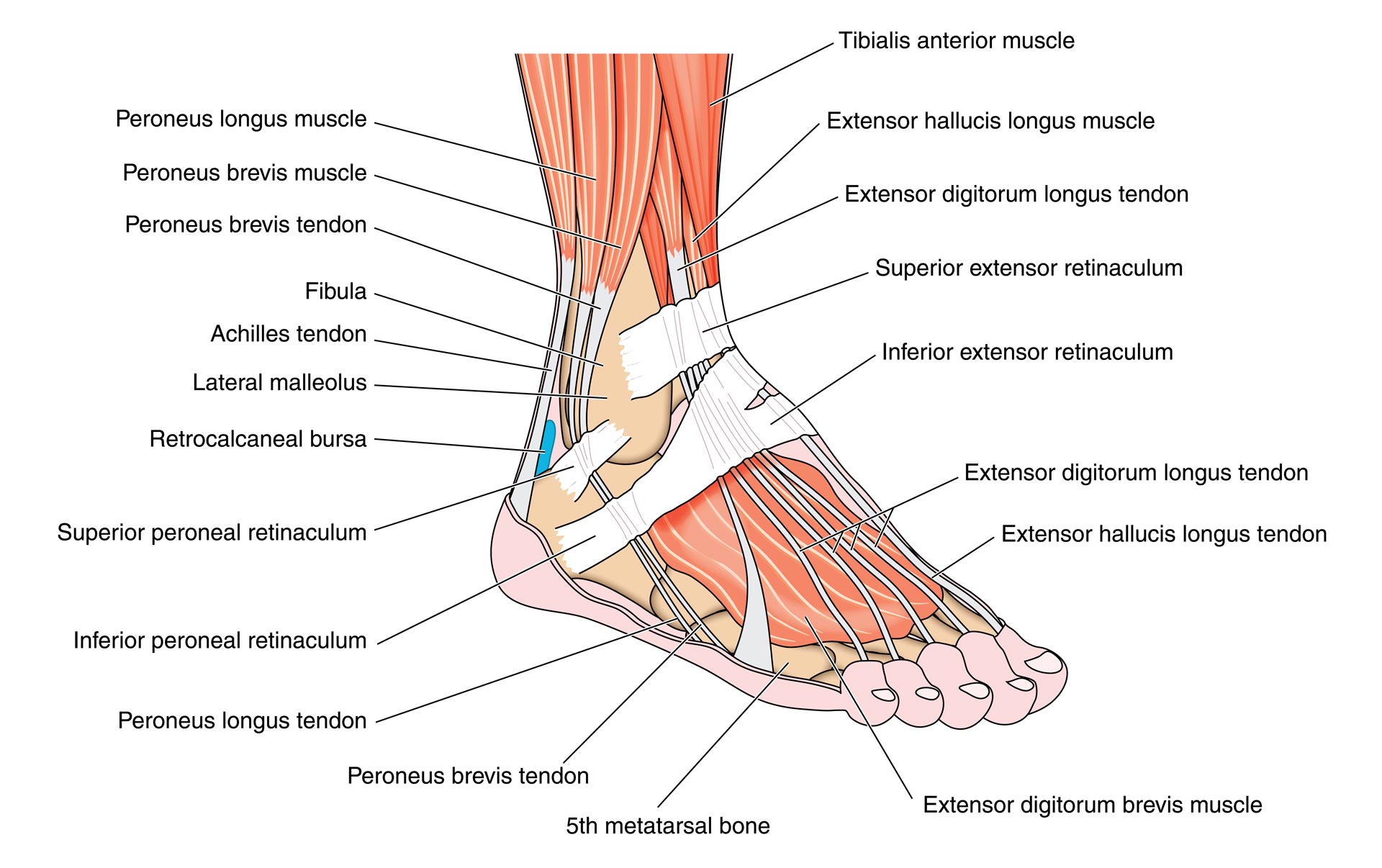
Common Ankle & Foot Disorders Comprehensive Diagnosis & Treatment
The muscles of the foot are located mainly in the sole of the foot and divided into a central (medial) group and a group on either side (lateral). The muscles at the top of the foot fan out to supply the individual toes. The tendons in the foot are thick bands that connect muscles to bones.
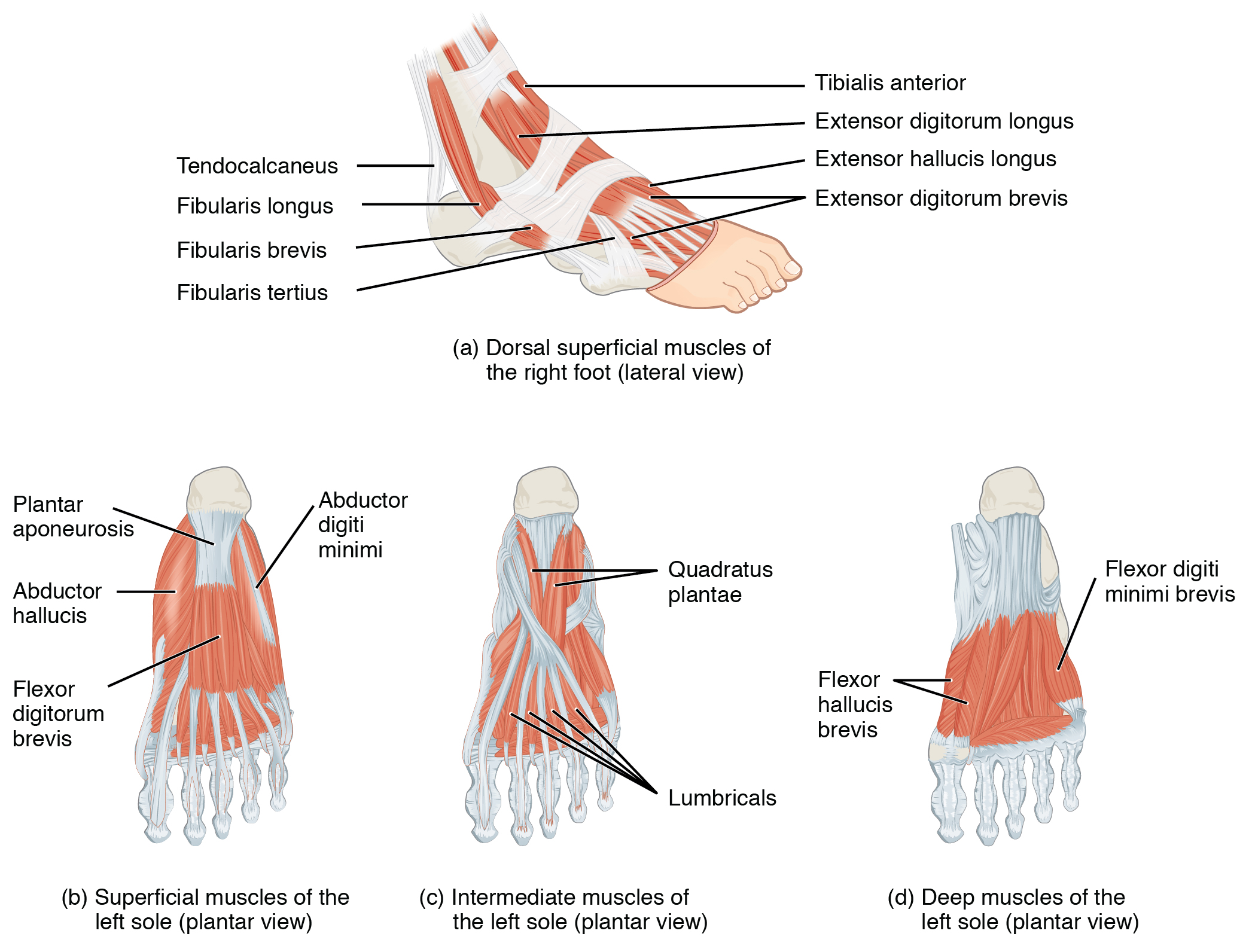
Appendicular Muscles of the Pelvic Girdle and Lower Limbs · Anatomy and Physiology
Basic Foot and Ankle Anatomy - Muscles and Fascia Description Muscle s are responsible for movement and the primary cause of ankle and foot injuries is when a movement is performed excessively, repetitively, and for a long duration that exceeds tissue capabilities. [1]
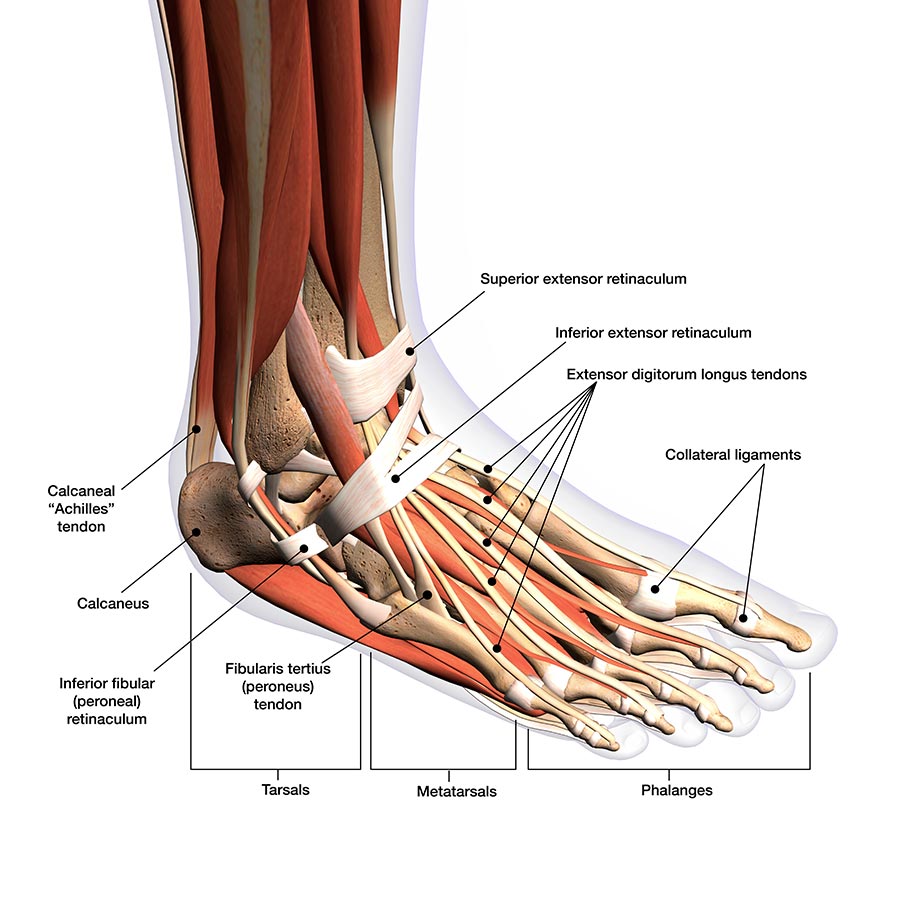
Foot and ankle anatomy, conditions and treatments
A foot pain diagram is a great tool to help you work out what is causing your ankle and foot pain. There are a whole range of structures e.g. bones, muscles, tendons and nerves which will each give slightly different foot pain symptoms.

Foot and Ankle Musculoskeletal Key
It is a dorsiflexor of the ankle. Origin: Upper 1/2 of lateral and anterior surfaces of the tibia. Insertion: Inner surface of the medial cuneiform and 1st metatarsal. Actions: Inversion & Dorsiflexion. Innervation: Deep peroneal nerve. Daily uses: Walking - to lift the foot up and clear the ground.